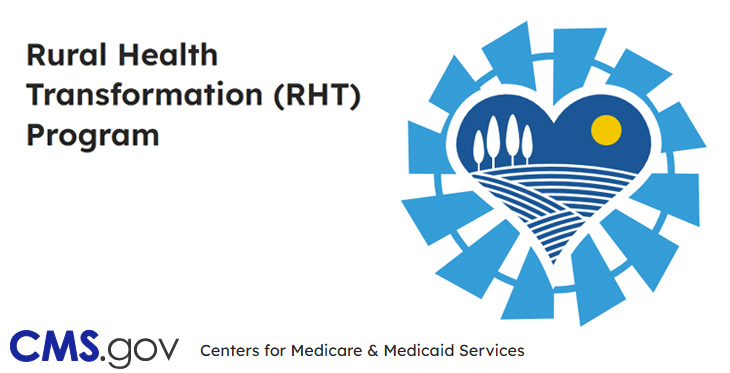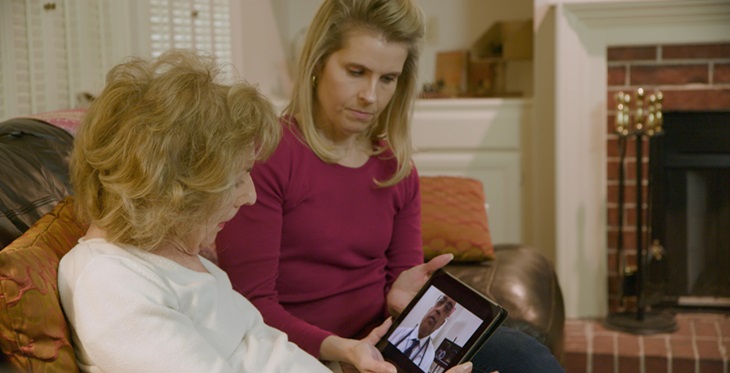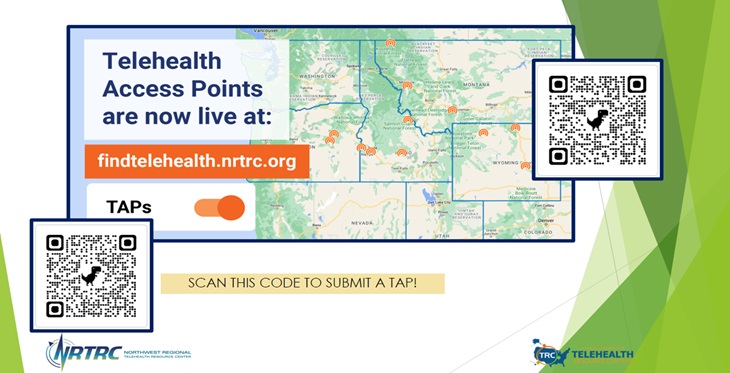
The current and future potential impact of Artificial Intelligence (AI) on healthcare, particularly in relation to telemedicine, is huge. Presented here are just a few of the more exciting technologies and their potential for use and impact in telehealth applications.
With ambient clinical listening technologies (AI-based scribes), advanced, voice-enabled AI tools automatically document patient encounters and free-flowing conversation between physicians, patients, and families. An advantage of using AI scribes in a telemedicine setting is that providers can focus more continuously on their consultation with the patient, eliminating the need to divert their attention away from the patient for note taking. Using AI scribes can save providers significant amounts of time as the burden to create accurate notes or encounter summaries in the electronic health record is reduced as it can be done automatically with minimal editing. Some AI scribe products also include predictive tools that can analyze the conversations, provide feedback, and assist with order placement, future appointment scheduling, or prescriptions, which can help reduce provider burnout, save time, and help ensure that all topics discussed are properly coordinated.











